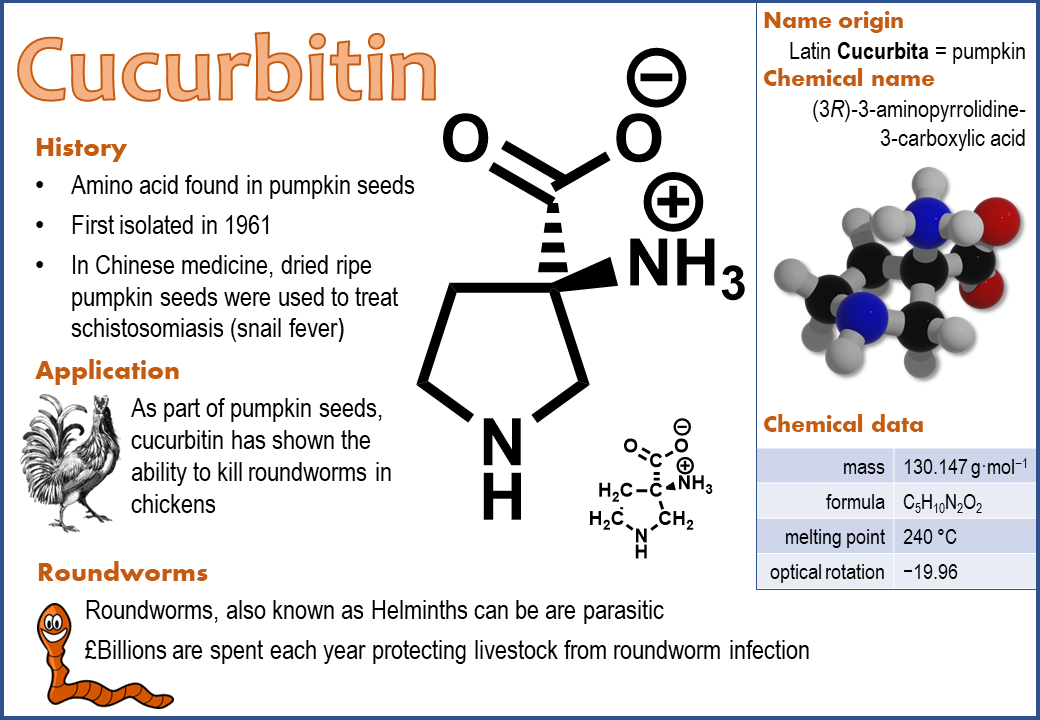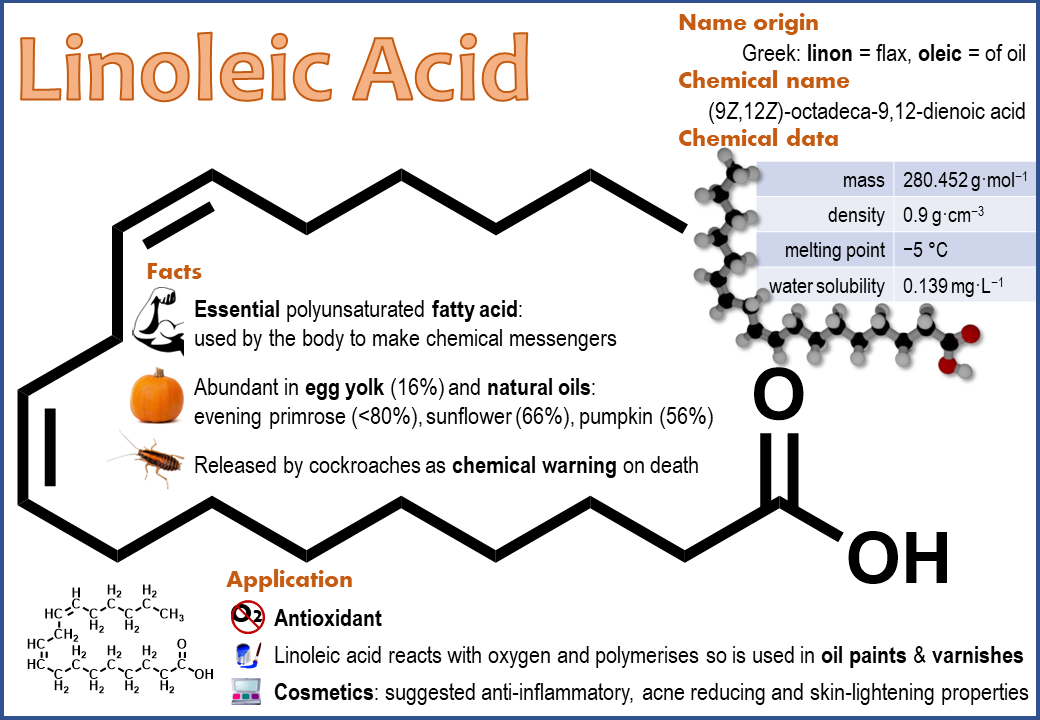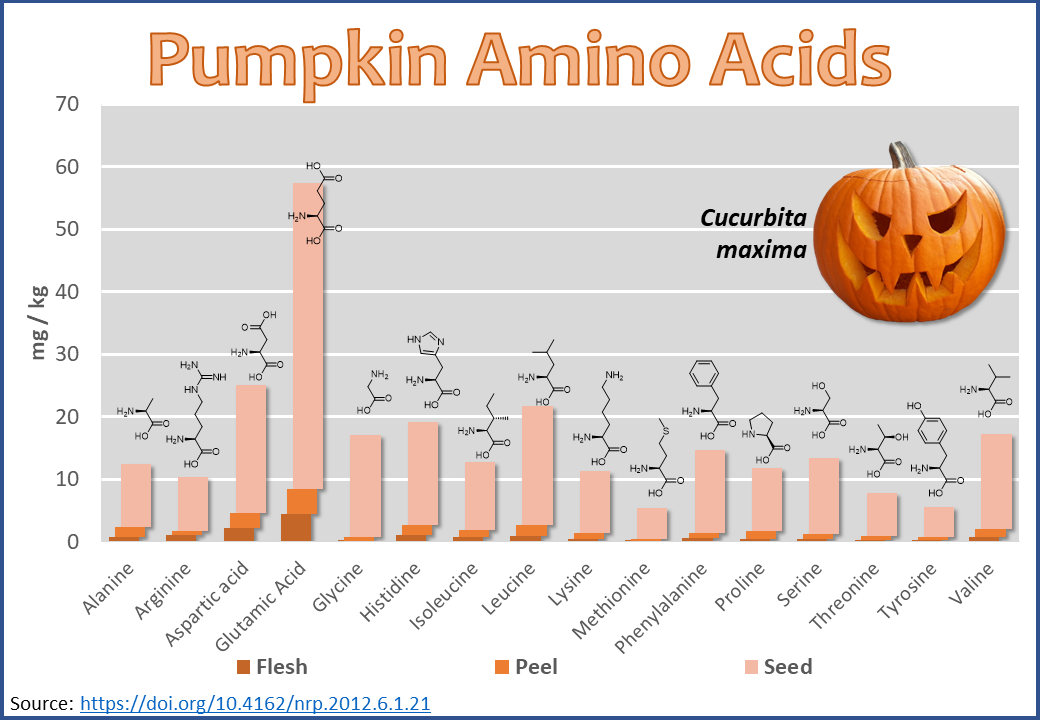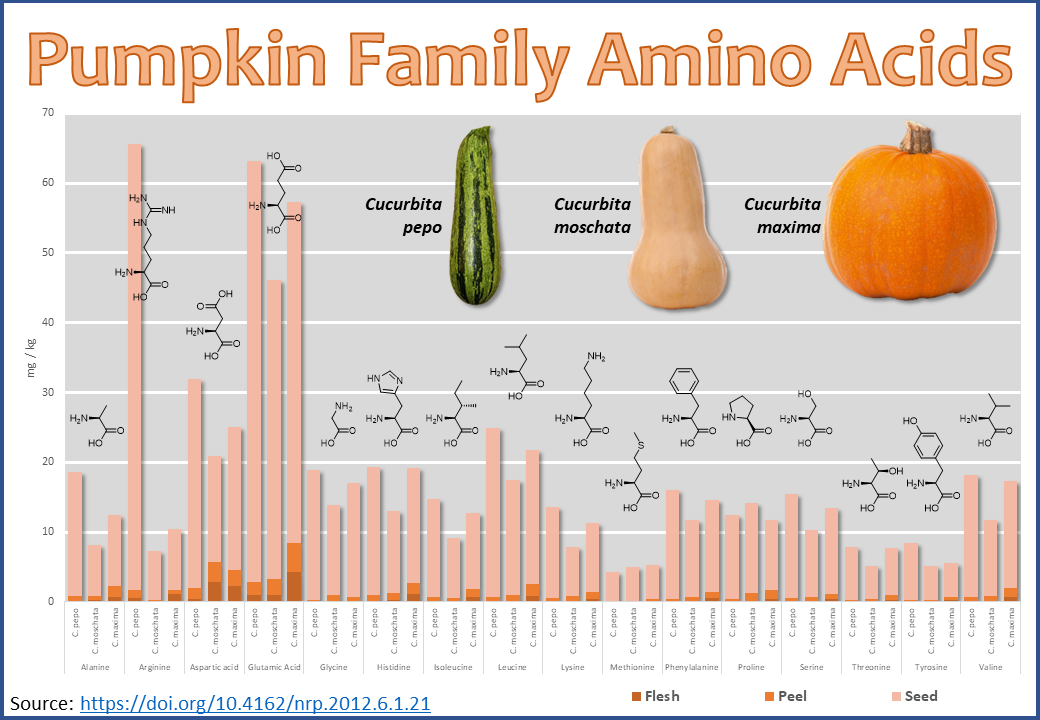Autopsy Of A Pumpkin
Once a year the humble pumpkin takes centre stage in our lives. In fact, when people in the UK were asked, only 80% said that they buy a pumpkin outside of Halloween. According to the United Nations, 24 million tonnes of pumpkins were grown worldwide in 2021, putting it in the top 100 global crops sitting between peaches and olives.
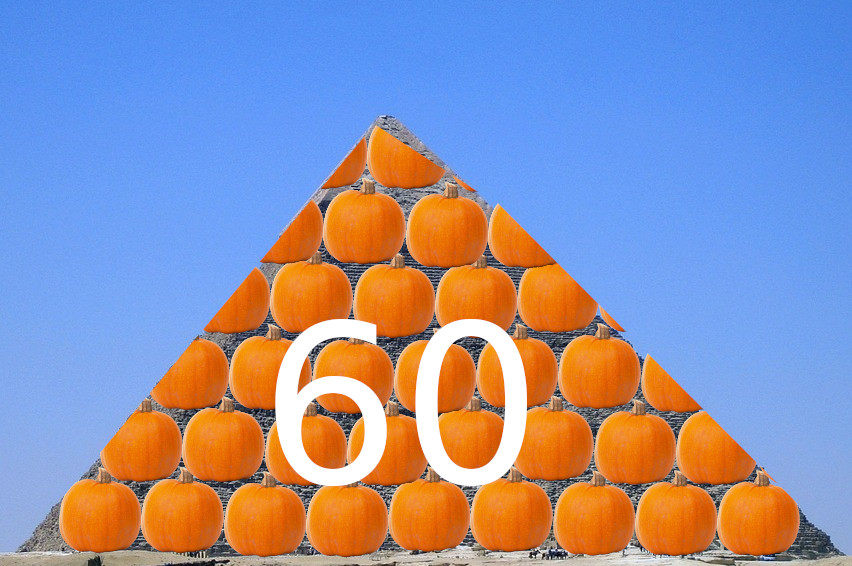
The pumpkin is a member of the gourd family with the general name Cucurbita and this name comes from the Latin word for gourd. Other members of this family are squashes, courgettes, zuchinnis and marrows; and the pumpkin is more distantly related to foods like melons, watermelons and cucumbers. The pumpkin is beleived to have originated in central america and has been cultivated for thousands of years making pumpkins one of the oldest domesticated plants.
Composition
Despite their massive size pumpkins are not vegetables but are fruits because they contain flesh and seeds.
The pumpkin, like all fruits, has three main parts:
The thick outer layer of a fruit is tough and designed to protect the soft contents of the fruit.
The flesh is designed to be tasty so that animals eat the flesh and seeds and then spread the seeds when they poop. In fact, you can chop your carved pumpkins up and leave them in the garden to feed the animals, just make sure there aren't any candles or burnt bits in them.
The seeds contain the all genetic information and nutrients to grow a new pumpkin.
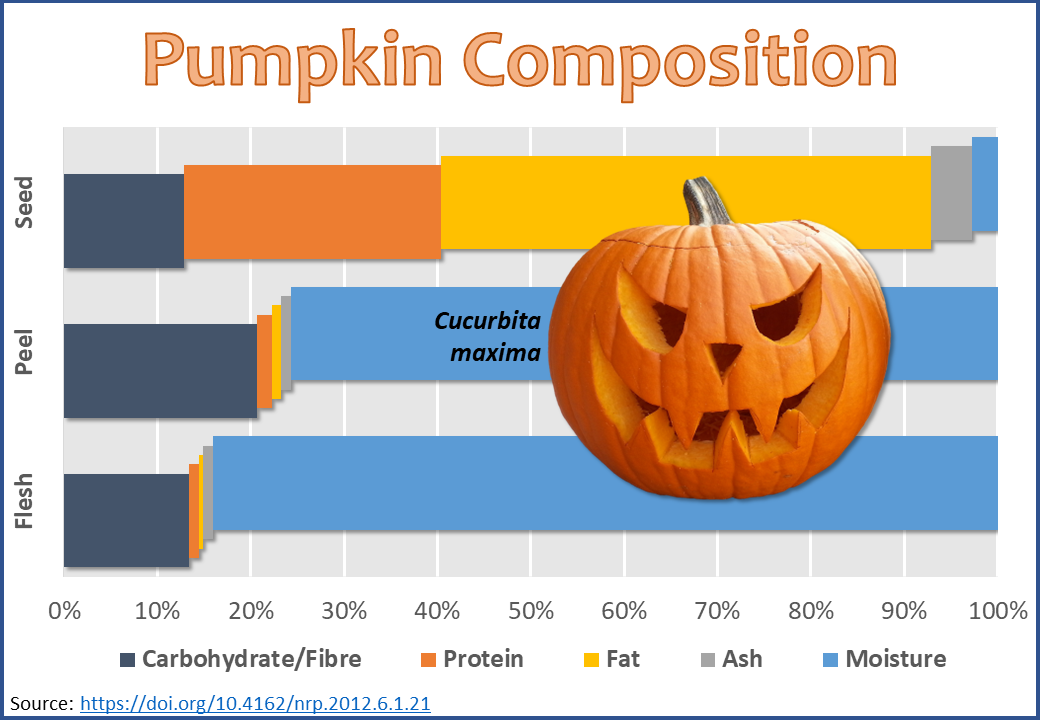
The things that make up a pumpkin can be split into five categories that can be easily analysed in a laboratory:
The flesh and skin of a pumpkin have similar types of chemicals in them. The main difference is that the skin has much more carbohydrate/fibre which makes it tougher than the flesh. The carbohydrate content of pumpkin flesh is higher than other fruits in the pumpkin family, which may explain why pumpkins are sweeter than squashes and other similar fruits. The seeds are very different from the flesh and the skin. They are much harder because they contain almost no moisture and all of the carbohydrate is tough fibre.
Chemical Components
Fats
When you carve a pumpkin, you will quickly notice that they are very oily.
The oiliness is because of the natural fats and oils within the fruit.
Fats and oils are chemicals that are made up of long chains of carbon and hydrogen.
The two most common oils in pumpkins are linoleic acid and oleic acid.
Lineolic acid is an essential polunsturated omega-6-fatty acid.
It is an essential fatty acid, that means that humans need it but can not make it in their bodies so must eat it.
It is essential for the building of important biomolecules such as prostaglandins that send signals round the body, for example to help with healing.
Lineolic acid is also released by cockroaches when they die as a warning to other cockroaches.
Lineolic acid is thought to be an antioxidant and is used as an ingredient in cosmetics.
When lineolic acid reacts with oxygen, it polymerises so it is used in oil paints and varnishes.
Natural fats also often have a carboxylic acid at one end.
If you treat fats with a strong alkali/base such as sodium hydroxide then the acid and base react together to form a salt.
The combination of salt at one end and long fatty chain at the other helps soaps dissolve fatty substances and kill microorganisms.
β-Carotene
The most distinctive character of a pumpkin is its bright orange colour.
There are many different fruits and vegetable that are all orange - can you find some in our word game?
All these orange fruits and vegetables are orange because of the same chemical: β-carotene.
β-Carotene was first discovered by Heinrich Wackenroder in 1831 when he was studying the chemistry of carrots, that explains the name!
β-Carotene is another fatty molecule that has a long chain of carbons connected with double bonds.
The long chain of double bonds absorbs all the blue colour from visible light leaving behind the very distinctive orange colour.
β-Carotene absorbs blue light to protect the plants from harmful UV rays that and fruits and acts as an antioxidant by neutralising harmful oxidising radicals.
Word Game!
Can you name some other orange fruits and vegetables?
Enter your guess for a letter here:
Guesses: 0
Amino Acids
Amino acids are one of the essential building blocks of life.
Every amino acid them has an amine group, that is a nitrogen atom, and a carboxylic acid group - this combination of functional groups gives them their name.
When amino acids join together to form long chains they are called proteins.
Proteins are an essential part of every function of organisms.
They provide structure from helping bone growth to creating muscles and catalyse chemical reactions in cells.
In humans, there are 20 essential amino acids and our DNA contains instructions for the combination of amino acids to create each protein.
Each of the different amino acids has a different chemical side-chain that gives it unique properties.
Therefore, it is important to have a varied and healthy diet to make sure that your body has enough of the different amino acids to perform its many functions.
Cucurbitin
Along with the 20 amino acids that are included in the genetic code, there are several other natural amino acids that have important properties.
Curcurbitin is an amino acid that can be found in pumpkins - in fact this is how the chemical got its name.
It is similar to other amino acids in that it contains an amine and a carboxylic acid group.
Many natural things contain different chemicals that have important properties.
It is beleived that cucurbitin can be used as an anthelminthic, or worm killer.
Therefore, feeding pumpkins to chickens can be a natural way to help protect them against worm infections.
